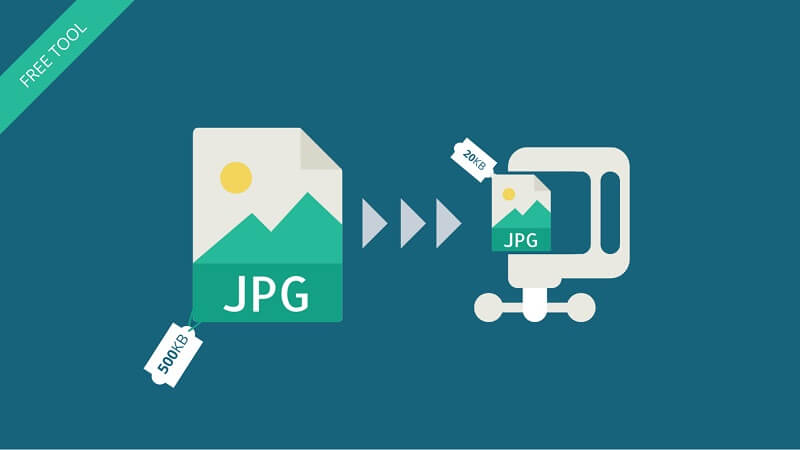Some days, you check the dashboard and see everyone online. Status lights are green, timesheets are filled, but progress feels stuck. Deadlines slide, handoffs drag, and energy fades even though the hours look full. The real measure isn’t how many are online but whether work time is real, focused, and moving projects forward.
This article explores how to tell if time logged reflects real focus or just online presence, and how you can guide your team toward meaningful work. Remote work time tracking software helps you see past the surface and act with confidence.

Why Logged Hours Don’t Always Mean Progress
Green status bars and filled timesheets can look reassuring, but they don’t always mean real work is happening. In remote and hybrid setups, gaps between time spent and work delivered show up fast.
Here are the most common ways logged hours fall short:
- Flatline Attendance: Everyone clocks in, but little actual progress shows up in deliverables.
- Endless Admin Spirals: Hours disappear into chat, check-ins, and small tasks that add little progress.
- Uneven Load: Some teammates quietly carry extra tasks while others drift with lighter schedules.
- Unstructured Work: Hours look steady, but focus scatters without guidance on priorities.
How to Close the Gap Between Logged Hours & Real Output
Logged hours can look solid, but projects still stall when focus is missing. The key is knowing whether that time reflects real progress or just activity, so you can guide your team toward work that moves things forward.
Here’s how to turn logged hours into proof of meaningful progress:
1. Spot Active Work vs Passive Presence
The first step is learning to see the difference between real engagement and surface-level activity. Logged time on its own doesn’t show if tasks are moving forward or if someone is just sitting in tools. Pairing hours with activity patterns helps separate focus from idle presence.
This matters because remote and hybrid teams can appear busy without real progress. Treating all hours as equal risks rewards presence instead of outcomes.
Set clear expectations for focus blocks and use patterns to back them up. If idle stretches show up, check for blockers instead of assuming low effort.
How can remote team time tracking software expose passive presence?
Remote team time tracking software highlights gaps between logged time and actual activity, showing you if hours are filled with engagement or inactivity. A teammate could log a full day, yet idle stretches appear during core project hours, which would prompt you to step in, clear blockers, and keep delivery on track. Similarly, just as businesses look for insights into productivity, individuals often search for the best way to stop tracking WhatsApp to safeguard their privacy while balancing communication and work.
2. Link Logged Hours to Deliverables
Logged time should reflect finished tasks, updates, or steady movement toward deadlines. Tying hours to deliverables makes logged data meaningful instead of just procedural.
Without that link, you risk drowning in reports that show effort but not results. It becomes harder to prove value or spot where focus is slipping, and hours turn into a vanity metric instead of a performance signal.
Use dashboards alongside logged time to confirm progress. If five hours show with no updates, that’s a flag to check for blockers.
How can a remote time tracking tool connect hours with outcomes?
A remote time tracking tool maps logged hours against task activity, giving you visibility into whether time spent translates into progress. A project could show steady hours logged, yet deadlines slip with no deliverables updated, which would push you to dig into where time is going and reset priorities.
3. Balance Workloads Before Burnout Hits
Uneven workloads are one of the fastest ways time gets wasted. Some log long hours because they’re overloaded, while others underuse their capacity. Tracking hours without balancing them only hides the gap. This is not a small issue. On average, about 1 in 4 employees worldwide say they’re dealing with burnout symptoms.
Burnout often shows up as steady overtime buried in full-time sheets. If you wait until output slips, focus and morale are already gone. Balanced hours protect sustainable productivity, not just a filled schedule.
Check patterns to see who logs far beyond the average and who logs less. Reassign early to prevent stress and keep overall productivity steady.
How can a remote team time tracking app reveal workload imbalances?
A remote team time tracking app compares logged hours across the team, highlighting where some teammates are consistently overloaded. One project could show a few logging ten-hour days while others stay closer to six, and that gap may signal it’s time to redistribute tasks to keep progress steady and avoid burnout.
4. Use Time Data to Coach Smarter
Logged hours matter most when they’re used as coaching tools instead of compliance checks. Time data can open conversations about focus, efficiency, and habits that shape better workdays.
Without visibility, feedback often relies on guesswork, leaving gaps in guidance and uneven accountability. Logged hours give you a fair baseline from which to coach, but only if they’re used as conversation starters.
Review time reports together and discuss what drives progress or drains energy. Spotting repetitive admin tasks, for example, could lead to automating them to free up focus.
How can a time tracking platform support coaching with time data?
Insightful.io time tracking platform shows clear trends in how teammates use their hours, giving you neutral ground for coaching. A teammate could log steady eight-hour days, but patterns reveal long stretches spent on repetitive admin work, which may lead you to suggest automation so their focus shifts back to higher-value tasks. In healthcare settings specifically, this same principle applies when practices discover their staff spending excessive time on administrative duties rather than patient care – solutions like remote medical admin support can help redistribute these tasks more effectively.
5. Use Smart Tools to Align Logged Time with Real Work
Turning hours into focus requires more than attendance checks. A monitoring tool becomes your partner by giving context that shows where logged hours drive progress and where they stall.
Here is how it helps you close the gap:
- Real-Time Activity Insights: Show what’s happening behind the hours so you can step in before momentum slows.
- Workload Views: Reveal imbalances early and guide fair task distribution.
- Meeting Intelligence with Krisp AI Note Taker : Automatically summarize, capture, and organize key discussion points from meetings, turning conversations into actionable insights and reducing the need for manual follow-ups.
- Outcome Mapping: Link time directly to completed deliverables for proof of focus.
- Trend Reports: Surface repeat patterns that guide better coaching and planning.
Conclusion
When you look past status lights and logged hours, you see whether your remote and hybrid teams’ time is truly focused. A monitoring tool makes that clarity possible by connecting hours to real activity and outcomes. With that visibility, you can make decisions that keep focus sharp, workloads balanced, and progress steady.








